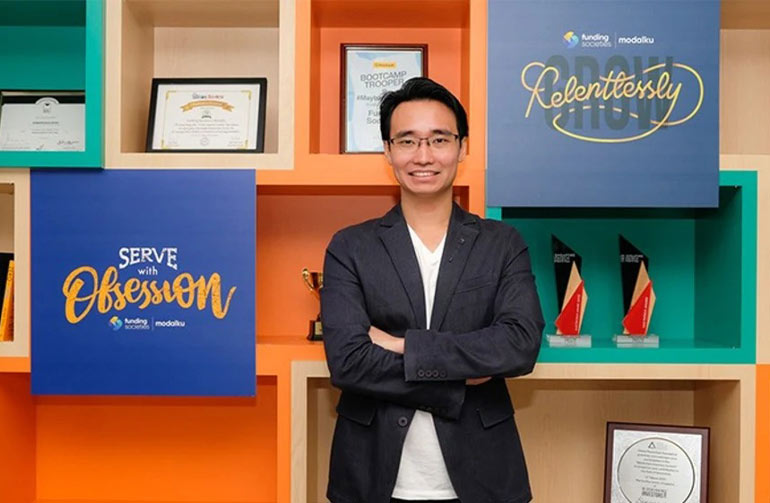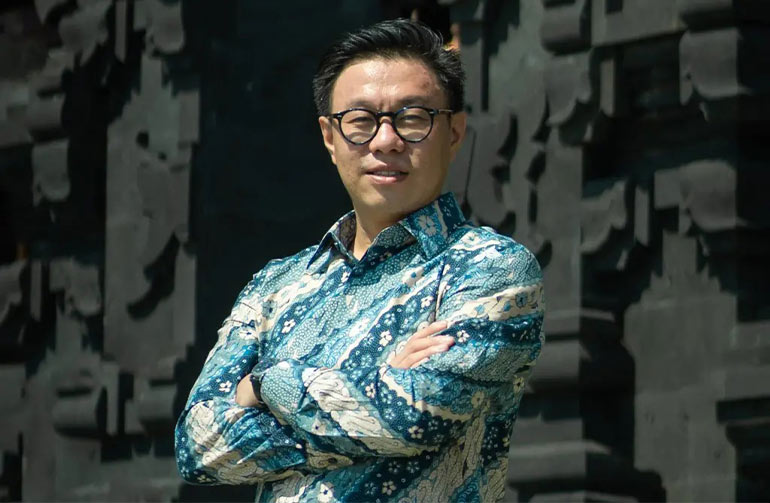Southeast Asia’s tech scene isn’t the wild west it used to be. Maturing markets, repeat founders, and a digital-savvy customer base are transforming the region into a global hub for innovation.
Despite last year’s upheavals, Southeast Asian startups raised over US$8.2 billion in capital, and they are predicted to achieve a combined value of US$1 trillion by 2025.
For Sukumar Suresh, regional vice president of Singapore’s Economic Development Board (EDB), the 649 million digitally-dominant Southeast Asians and the region’s nascent infrastructure are driving an “unprecedented boom” for startups in the ecommerce, financial services, healthcare, and education sectors.
Opportunity knocks as SEA markets mature
Unlike more mature markets like China and the US, processes and infrastructure in Southeast Asia are not as defined, leaving plenty of room for startups to experiment and innovate with new solutions tailored to each market.
For example, travel startup Traveloka expanded its range of payment solutions to include cash and buy now, pay later options to support Southeast Asia’s significant unbanked population.
Kelvin Teo, the co-founder and director of alternative investment platform Funding Societies, notes that though Southeast Asian customers are sophisticated internet users, the markets themselves aren’t as competitive as their more established Western counterparts. This, along with the large number of digitally dominant customer bases, presents significant opportunities for fast-growth tech startups.

Kelvin Teo, the co-founder and director of Funding Societies / Photo credit: Funding Societies
“As tech often entails change and at times disruption, a good tech hub has to serve as a testbed for innovation and provide a stable base for production and expansion,” he says.
Differences divide the region
Despite the promise Southeast Asia holds for companies looking to expand, startups still have to grapple with pain points, many of which can be seen throughout the region’s various ecosystems.
Willson Cuaca, co-founder and managing partner of investment firm East Ventures, says the shortage of tech talent is one of the major hurdles that startups face, especially for foreign firms looking to expand into Southeast Asia. It’s estimated that by 2030, Asia Pacific will be short of the 47 million tech talents needed to meet growing demand.
“[The problem] is particularly acute for a rising tech ecosystem like Southeast Asia, where the local talent supply is far from sufficient,” Teo adds. “It takes more convincing to attract foreign talents to our shores, pushing salaries to exorbitant levels – but then the environment is not conducive for them to stay and naturalize in the long-term, resulting in a leaky bucket problem.”
Another issue for companies looking to expand in Southeast Asia is the fragmentation and diversity of the region’s markets.
“Each of Southeast Asia’s 11 countries has a different regulatory, economic, and social environment,” says Teo. “Tech firms have to choose between concentration risk in a bigger country and the pains of entering multiple distinct markets – many choose somewhere in between.”
For Cuaca, what’s important is that startups figure out early on who their target audiences are.
“Each country is unique and startups need to build a platform that is common for all yet flexible to hyperlocal wisdom,” he explains.
Singapore Rising
Despite the relatively small size of its market, Teo says Singapore acts as an ideal “warm up” for cross-regional expansion because of its international reputation and government initiatives to cultivate investment, talent, and connections.
“While Singapore doesn’t share the same attitude toward entrepreneurship risk as Tel Aviv, the tech ecosystem in Singapore is unique thanks to strategic state intervention and its position between East and West,” he says, referencing the government’s concerted effort to foster tech innovation through infrastructure, funding, and community building.
According to Suresh, the island nation is home to over 600 investors and 200 accelerators and incubators, not to mention various state and government-linked initiatives.
For example, state-linked investment company Temasek has become an active champion of deep tech startups, having recently announced an annual US$738 million commitment to deep tech startups. The commitment follows on the government’s plan to spend US$18.4 billion over five years on technology-related research and development.
Streamlining for Business-friendliness
Funding aside, Singapore is also a conducive environment for startups looking for a gateway to the rest of Southeast Asia. The country has consistently ranked as one of the best in terms of ease of doing business because of access to talent and business-friendly regulations.
Cuaca says that Singapore’s government has been especially progressive in helping startups find connections to not just funding, but also global partners and tech talent. In 2021, EDB’s investment arm helped 25 startups raise US$216 million in funding from private investors.

Willson Cuaca, co-founder and managing partner of East Ventures / Photo credit: East Ventures
Furthermore, major events like AsiaTechX Singapore and SFFxSWITCH, as well as government-led initiatives like the Global Innovation Alliance, Digital Economy Agreements, and Open Innovation Network, help connect local Singaporean startups to global tech communities.
Suresh points out that the country’s progressive approach to regulation has promoted strong partnerships between government and business.
“Singapore takes a different approach by working closely together with tech companies to develop and test new technologies that may not be ready for the real world,” he says. Suresh brings up the example of how the local authorities collaborated with Grab and nuTonomy to test out the world’s first driverless taxi on public roads.
The country’s wellspring of businesses has naturally made it attractive to talent from all over the world. Teo says that for startups, the availability of skilled workers makes Singapore an important place to be in, especially as he predicts talent competition will “evolve into a fully-fledged war.”
“As big tech firms set up regional headquarters and scale up their tech hiring, the pinch in talent will be more acutely felt by smaller tech firms and might hurt the long-term vibrancy of the tech ecosystem,” he adds.
However, Teo says the government’s efforts to cultivate tech talent through educational institutions like the National University of Singapore’s Overseas College and upskilling programs like SkillsFuture is one step in the right direction.
Singapore has also teamed up with countries in the region to develop partnerships that provide companies with a steady pipeline of tech talent. Suresh brings up the example of Nongsa Digital Park (NDP), a Batam-based tech hub that trains and hires Indonesian tech talent to complement and support the operations of Singapore-based companies as part of a holistic and integrated regional tech strategy. NDP also serves as a “digital bridge” between Indonesia and Singapore enabling companies from both countries to collaborate and innovate to achieve mutually beneficial outcomes.
The momentum keeps going
From Suresh’s perspective, Singapore could be a “tech innovation flywheel” that can serve both local startups looking to scale and commercialize their business as well as established firms that see the bigger potential of the greater Southeast Asia region.

Sukumar Suresh, regional vice president of EDB / Photo credit: EDB
Cuaca says that though most countries in Southeast Asia are still playing catch-up due to the newness of the digital economy, it’s important that governments and the private sector keep talking and moving forward together in the same rhythm.
“Fortunately, many governments are aware of the challenges, and have demonstrated exceptional willingness to engage the industry and work to provide expansion solutions,” Teo adds. “More has to be done in providing expansion solutions and governments have been a meaningful part of that, but the key is upkeep.”




















